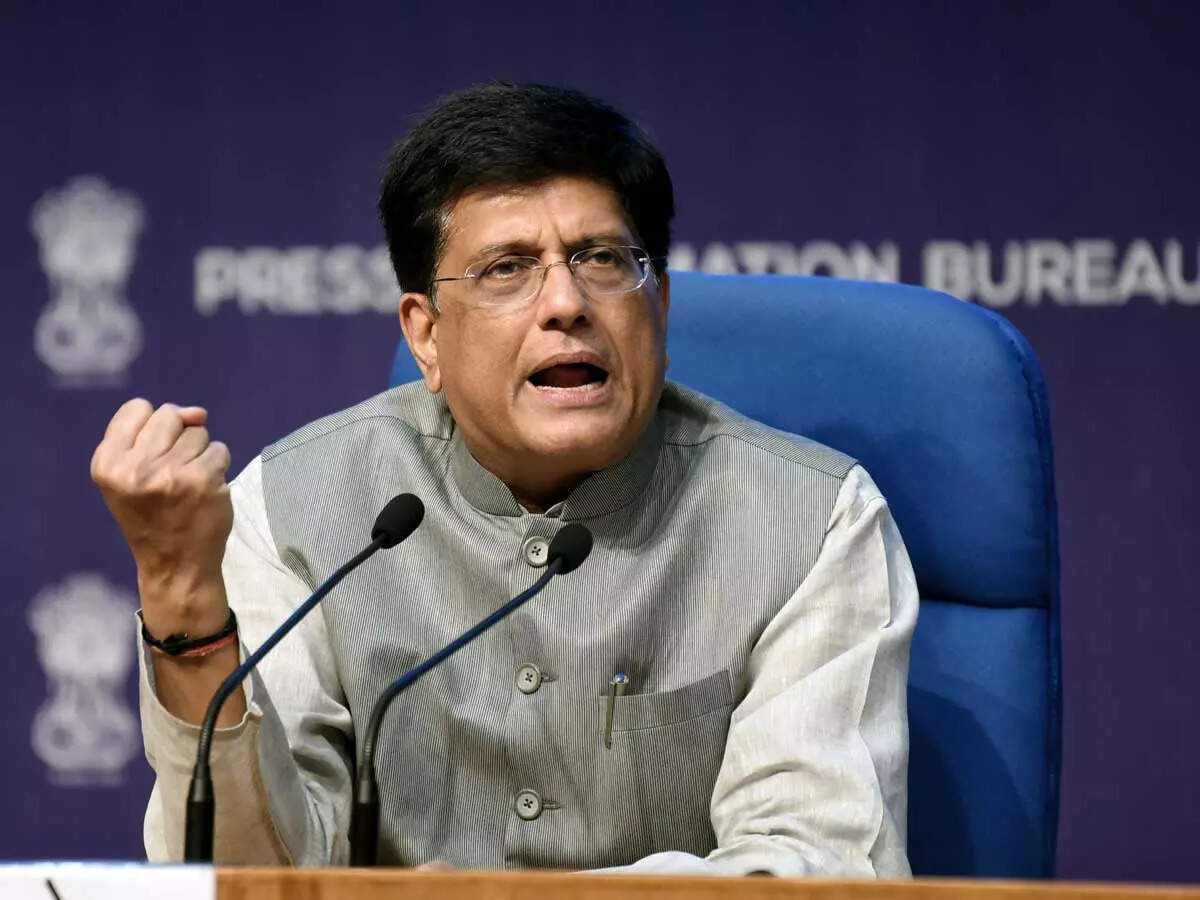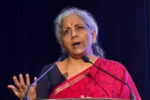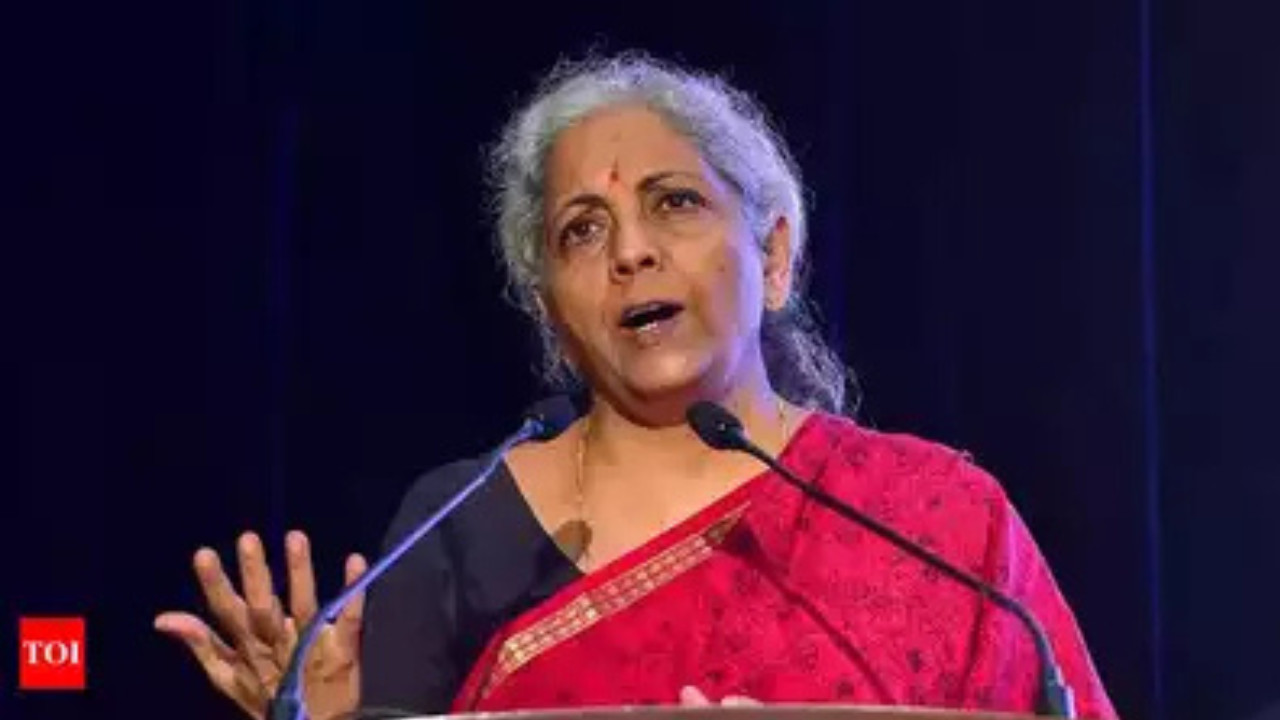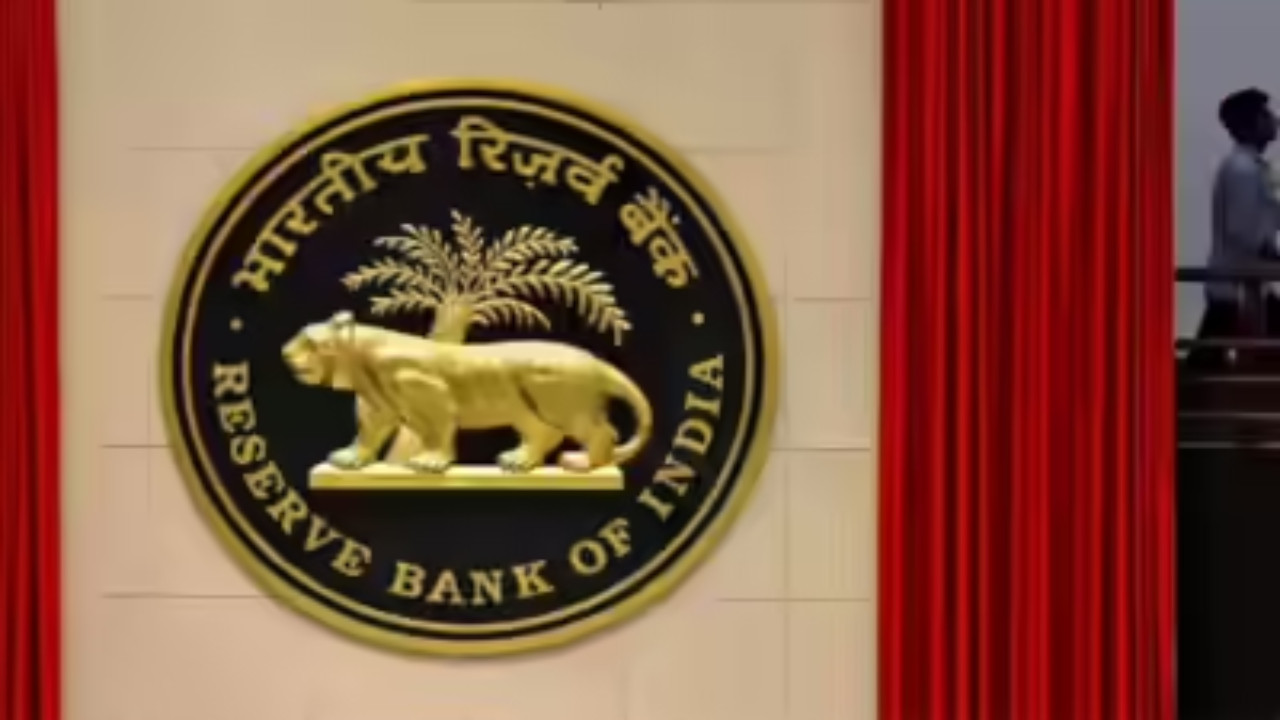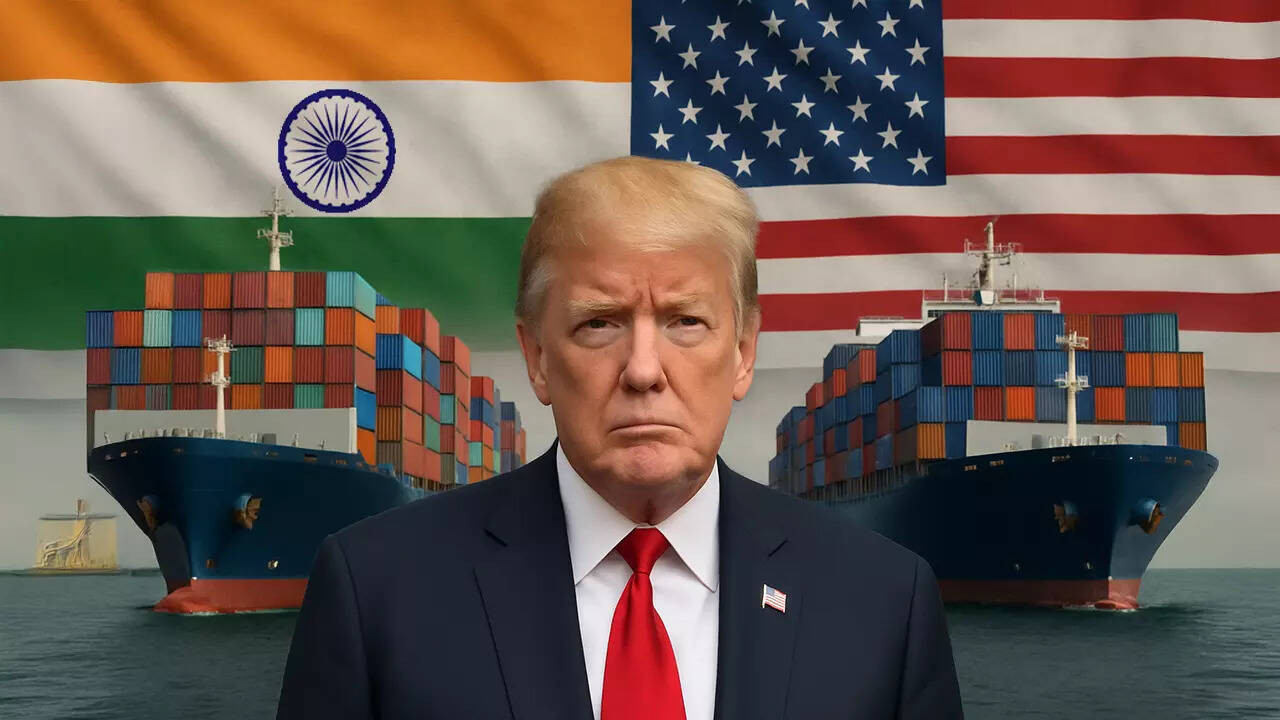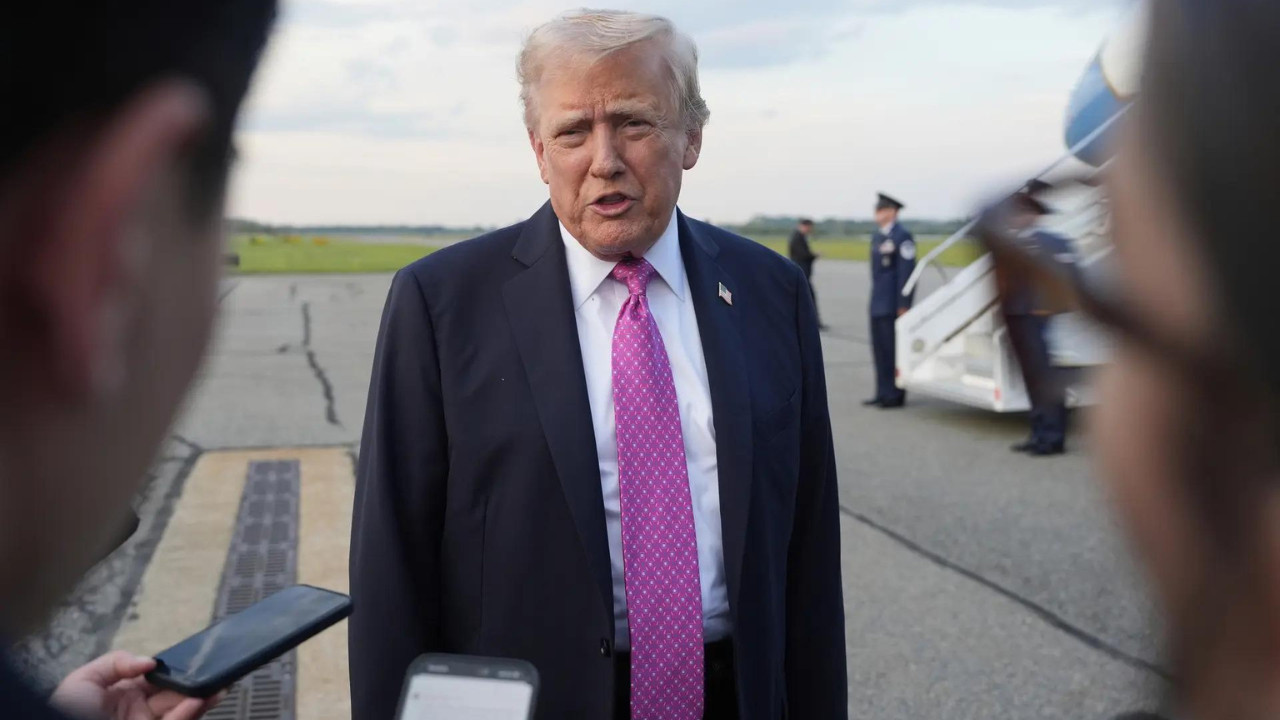India is actively engaged in free trade agreement (FTA) negotiations with key partners like the EU, US, Chile, and Peru, according to Commerce Minister Piyush Goyal. He emphasized the world’s interest in India as developed economies seek trade discussions.
India’s Trade Ambitions: A Whirlwind of Negotiations
Commerce Minister Piyush Goyal recently painted a vivid picture of India’s bustling trade diplomacy, and it’s one of near-constant motion. Forget leisurely negotiations over afternoon tea; Goyal described a “subah se shaam” – dawn till dusk – schedule of free trade agreement (FTA) talks happening concurrently with multiple global partners. This isn’t just about incremental tweaks to existing deals; it’s a full-court press to reshape India’s trade landscape for the future.
So, who’s at the table? Goyal name-checked some key players: the United States, the European Union, and Chile, among others. Each negotiation carries its own complexities, reflecting the unique economic priorities and political considerations of each partner. Think of it as a high-stakes chess game played on multiple boards simultaneously, each requiring a different strategy and keen awareness of the opponent’s moves.
But why this flurry of activity now? Several factors are likely at play. First, there’s a growing recognition within India that deeper integration into global value chains is essential for sustained economic growth. FTAs offer preferential access to markets, lower tariffs, and streamlined regulatory processes, all of which can boost exports and attract foreign investment.
Secondly, the global economic landscape is shifting. Geopolitical tensions, supply chain disruptions exacerbated by the pandemic, and a growing sense of economic nationalism are prompting countries to diversify their trading partners and secure preferential trade arrangements. India, with its large and growing economy, is an attractive partner in this reshaped world order.
Navigating the Complexities of Free Trade Agreements
The challenge, of course, lies in the details. Negotiating FTAs is a painstaking process, requiring careful consideration of a wide range of issues, from tariffs and customs procedures to intellectual property rights and investment regulations. Each concession granted to one partner can have implications for others, creating a complex web of interconnected interests.
Take the negotiations with the United States, for example. While the US is already one of India’s largest trading partners, there’s potential for even greater growth, particularly in sectors like technology, pharmaceuticals, and agriculture. However, differences in regulatory standards, intellectual property protection, and market access barriers have historically posed challenges. Finding common ground on these issues will be crucial to unlocking the full potential of a comprehensive FTA.
Similarly, the negotiations with the European Union are navigating a complex landscape. The EU is a large and sophisticated market, offering significant opportunities for Indian exporters. However, the EU also has high standards in areas like environmental protection, labor rights, and food safety. Meeting these standards will require Indian businesses to adapt and upgrade their processes, but the potential rewards are substantial.

Beyond the Headlines: The Real Impact of Trade Deals
It’s easy to get lost in the jargon of trade negotiations, but it’s important to remember that these agreements have real-world consequences for businesses, consumers, and workers. A successful FTA can create new jobs, lower prices, and boost economic growth. However, it can also lead to increased competition, which can be challenging for some domestic industries.
Ultimately, the success of India’s free trade agreements will depend on how well they are designed and implemented. It’s not enough to simply sign deals; policymakers must also ensure that businesses have the resources and support they need to take advantage of the new opportunities. This includes investing in infrastructure, promoting innovation, and streamlining regulatory processes. Furthermore, attention needs to be given to reskilling and upskilling the workforce to take advantage of opportunities in these new sectors that will be stimulated.
India’s Balancing Act: A Look Ahead
India’s ambitious trade agenda reflects a strategic vision to position itself as a major player in the global economy. The “subah se shaam” negotiations signal a strong commitment to forging new partnerships and unlocking new opportunities for growth. As these talks progress, the focus will be on navigating the complexities, addressing the concerns of all stakeholders, and ensuring that the resulting agreements are mutually beneficial and contribute to a more prosperous future for all. The outcomes of these negotiations will not only impact India’s economic trajectory but also reshape the global trade landscape for years to come.
